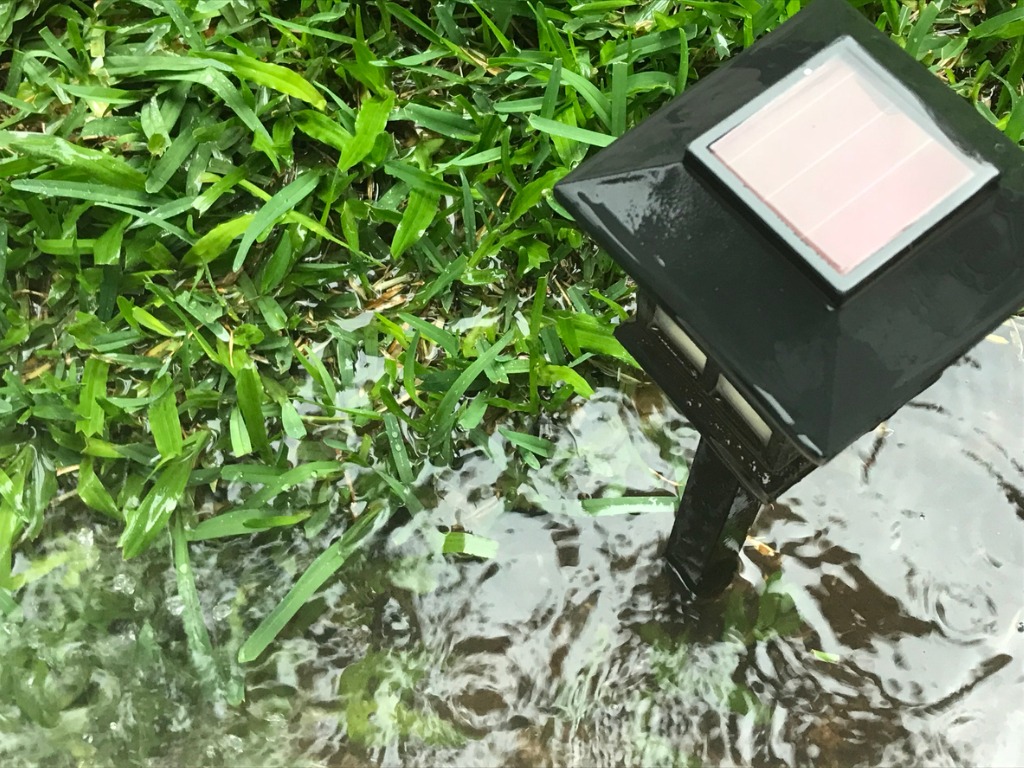Soggy, mushy landscapes, pooling water around the foundation of your home that’s seeping down into the basement– all are red flag signs of water drainage problems on your property. Whether it be from heavy rainfall or from overwatering your landscape, water drainage problems should be fixed immediately to avoid serious structural damage to your home, swampy lawns and drowned plants, all of which could cost thousands of dollars to repair and replace.
Some common causes of water drainage problems are easy to spot:
- Flat yards that are not correctly graded to slope away from the house. This results in standing water around the foundation of the house that can seep down foundations into the walls of an existing basement.
- Gutter downspouts that are not directed to shoot water away from the house. This also results in pooling water around the foundation, which can seep into a basement. The obvious fix would be to point downspouts away from the home and that they lead far enough away from the dwelling.
- Surface depressions around the yard will allow water to pond. One fix would be to
 fill the area and grade it level so that water won’t collect there.
fill the area and grade it level so that water won’t collect there. - Soggy, muddy areas indicate a heavy clay soil type. There are three basic types of soil: sand, silt and clay. Clay soil is dense and doesn’t drain well, resulting in puddled, muddy areas and/or water runoff towards the house. Core aeration will improve dense clay soil by removing small cores of thatch and soil for better water drainage.
You can’t control heavy rainfall, but you can prevent overwatering your landscape with today’s Smart Irrigation technology to avoid water drainage problems.
One of the most powerful and sensitive tools available for Smart Irrigation Management works underground, around the root zones of plants where soil moisture matters most to keep lawns thriving and plants healthy.
Buried deep in that root zone, Soil Moisture Sensors measure soil moisture levels through all seasons– much like a thermostat reads the temperature in your home to keep it comfortable.
Sending a high frequency pulse of electricity down an embedded wire path, these ultra-sensitive sensors can measure volumetric soil moisture changes of less than 0.1 percent. As the pulse travels through moisture in the surrounding soil, it slows down, measures the speed, then converts it into a moisture content reading and transmits that data to your Smart Irrigation Controller.
Smart Irrigation Management below ground not only results in less water use for more savings, it ensures better drainage for a thriving, healthy landscape through all seasons.

